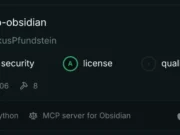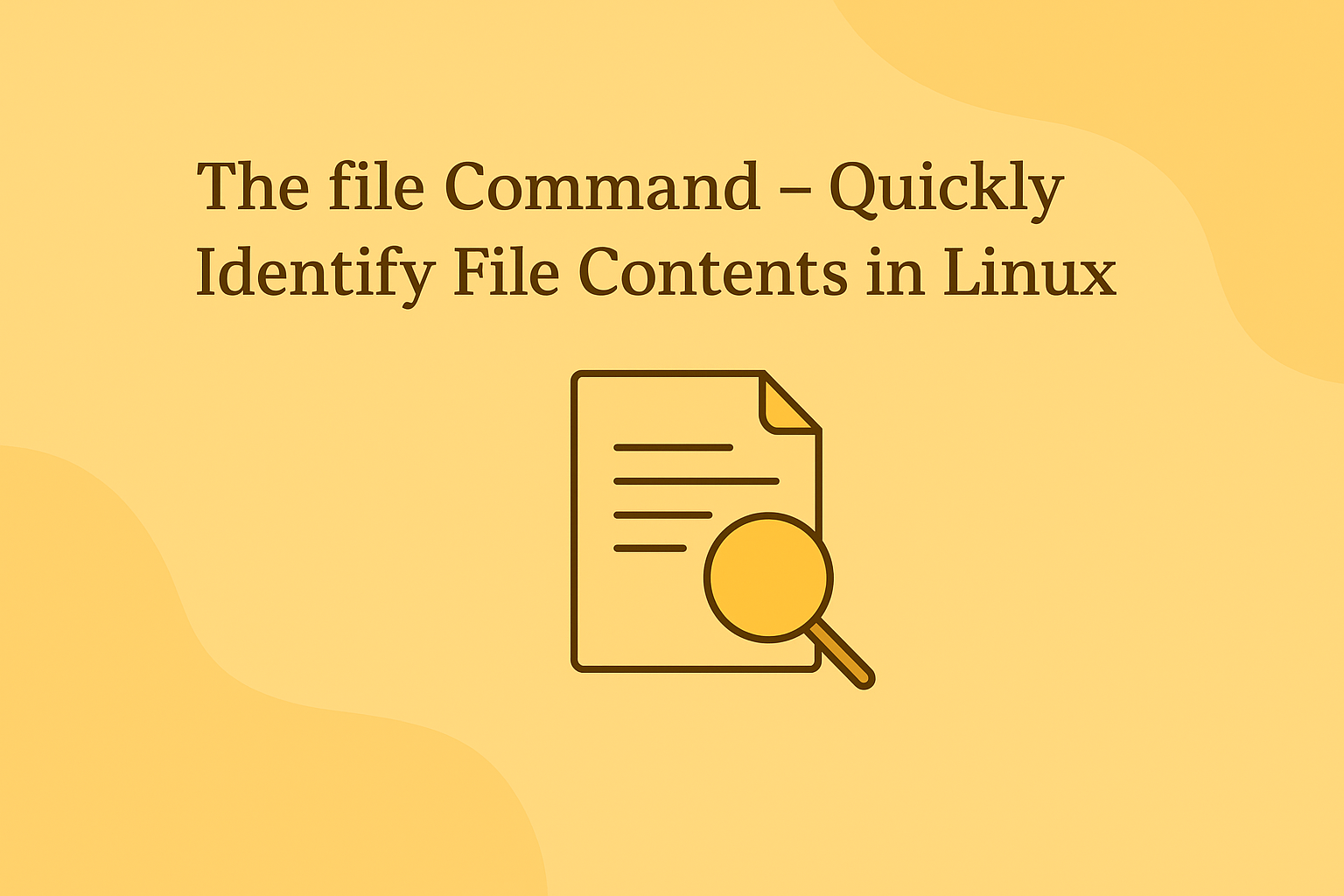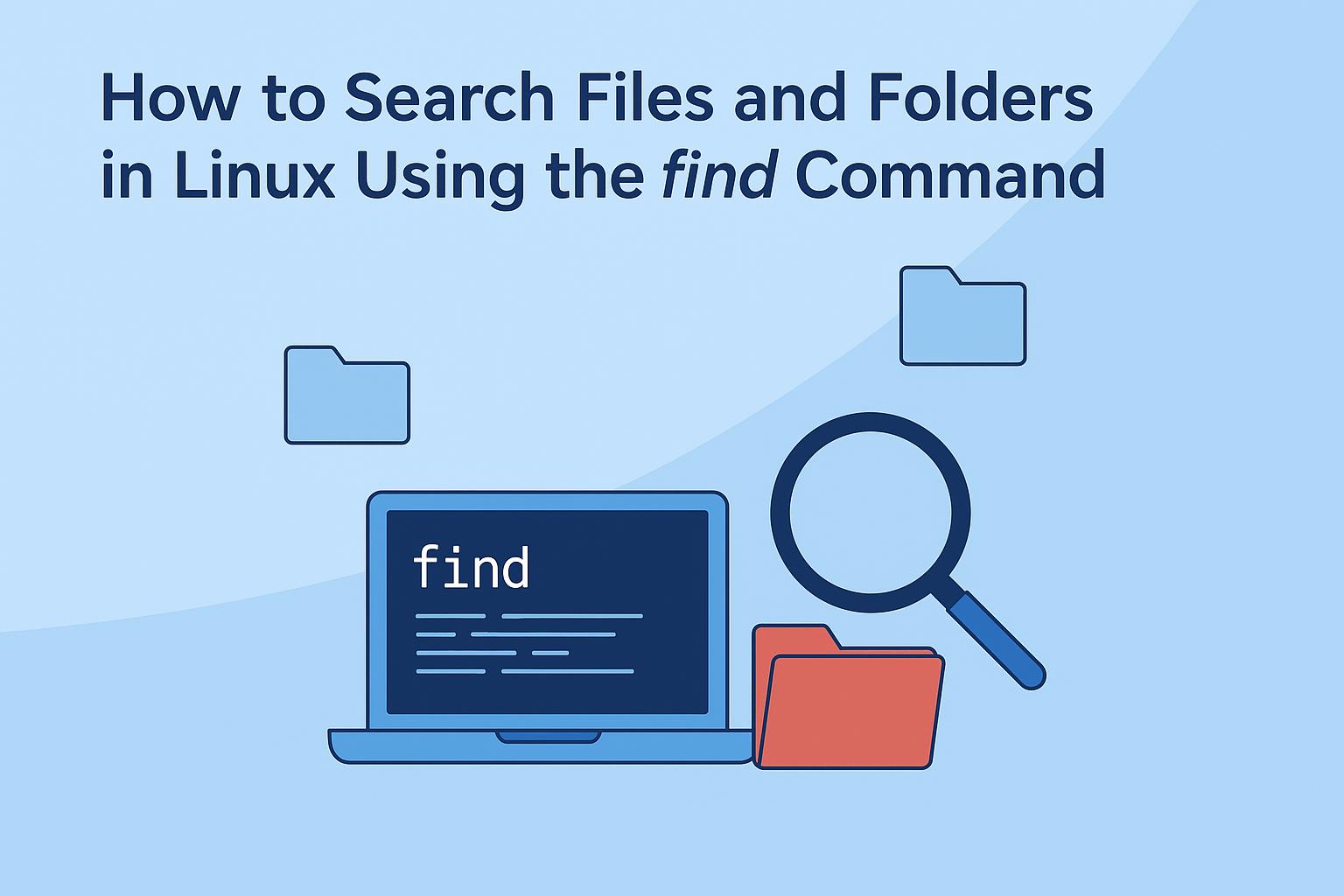Imago is a python tool that extract digital evidences from images recursively. This tool is useful throughout a digital forensic investigation. If you need to extract digital evidences and you have a lot of images, through this tool you will be able to compare them easily.
Imago allows to extract the evidences into a CSV file or in a sqlite database. If in a JPEG exif are present GPS coordinates, Imago can extract the longitude and latitude and it can convert them to degrees and to retrieve relevant information like city, nation, zip code…
It offers also the possibility to calculate Error Level Analysis, and to detect nudity these functionalities are in BETA.
Also Read – R3Con1Z3R : A Lightweight Web Information Gathering Tool With an Intuitive Features
Setup
Install imago:
$ pip install imago
Once installed, one new binary should be available: :
$ imago
And then it should output the imago’s banner
Requirements:
- python 2.7
- exifread 2.1.2
- python-magic 0.4.15
- argparse 1.4.0
- pillow 5.2.0
- nudepy 0.4
- imagehash 4.0
- geopy 1.16.0
Usage
usage: imago.py [-h] -i INPUT [-x] [-g] [-e] [-n] [-d {md5,sha256,sha512,all}]
[-p {ahash,phash,dhash,whash,all}] [-o OUTPUT] [-s]
[-t {jpeg,tiff}]
optional arguments:
-h, –help show this help message and exit
-i INPUT, –input INPUT
Input directory path
-x, –exif Extract exif metadata
-g, –gps Extract, parse and convert to coordinates, GPS exif
metadata from images (if any)It works only with JPEG.
-e, –ela Extract, Error Level Analysis image,It works only with
JPEG. BETA
-n, –nude Detect Nudity, It works only with JPEG, BETA
-d {md5,sha256,sha512,all}, –digest {md5,sha256,sha512,all}
Calculate perceptual image hashing
-p {ahash,phash,dhash,whash,all}, –percentualhash {ahash,phash,dhash,whash,all}
Calculate hash digest
-o OUTPUT, –output OUTPUT
Output directory path
-s, –sqli Keep SQLite file after the computation
-t {jpeg,tiff}, –type {jpeg,tiff}
Select the image, this flag can be JPEG or TIFF, if
this argument it is not provided, imago will process
all the image types(i.e. JPEG, TIFF)
The only required argument is -i which is the base directory from which imago will start to search for image file. You should also provide at least one type of extraction (i.e. exif, data, gps, digest).
Example:
$ imago -i /home/solvent/cases/c23/DCIM/ -o /home/solvent/cases/c23/ -x -s -t jpeg -d all
Where:
- i path: is the base directory, where imago will search for file
- o path: the output directory where imago will save the CSV file, with the extracted metadata
- x : imago will extract EXIF metadata.
- s: the temporary SQLite database will not be deleted after the processing.
- t jpeg: imago will search only for jpeg images.
- d all: imago will calculate md5, sha256, sha512 for the jpeg images.
















